Home>Gardening & Outdoor>Outdoor Recreation & Activities>What Is Jenga


Outdoor Recreation & Activities
What Is Jenga
Modified: January 21, 2024
Discover the thrill of Jenga and its role in outdoor recreation and activities. Learn how this classic game can add excitement to your next adventure.
(Many of the links in this article redirect to a specific reviewed product. Your purchase of these products through affiliate links helps to generate commission for Storables.com, at no extra cost. Learn more)
Introduction
Welcome to the world of Jenga, a game that combines skill, strategy, and a steady hand. Whether you're a seasoned Jenga enthusiast or new to the game, this article will provide a comprehensive overview of Jenga, including its history, gameplay, variations, strategy, and benefits.
Jenga, which means "build" in Swahili, is a game that tests players' dexterity and decision-making abilities. The game's simplicity and universal appeal have made it a favorite pastime for people of all ages around the globe. As we delve into the history, rules, and intricacies of Jenga, you'll discover why this classic game continues to captivate players and stand the test of time.
So, grab a seat, steady your nerves, and get ready to explore the fascinating world of Jenga. Whether you're seeking to enhance your Jenga skills or simply learn more about this beloved game, this article is your guide to unlocking the fun and excitement of Jenga.
Key Takeaways:
- Jenga is a classic game that tests skill and strategy, with a rich history and universal appeal, offering fun and excitement for players of all ages around the world.
- Playing Jenga provides cognitive, social, and emotional benefits, fostering skills like focus, resilience, and teamwork, while offering stress relief and enjoyable shared experiences.
Read more: What Is The Size Of A Jenga Block
History of Jenga
The story of Jenga dates back to the early 1970s when Leslie Scott, a British board game designer, was living in Ghana. Inspired by the wooden block construction games she played with her siblings as a child, Scott decided to create a game that embodied the same principles of balance and skill. In 1983, Jenga was officially launched, and its popularity quickly spread across the globe.
The game consists of 54 rectangular wooden blocks, and the objective is to carefully remove blocks from the tower and place them on top, creating a taller and increasingly unstable structure. The name "Jenga" reflects the Swahili word for "build," which perfectly encapsulates the essence of the game.
What sets Jenga apart is its universal appeal. It transcends cultural and language barriers, making it a favorite pastime in homes, schools, and social gatherings worldwide. The game's simple yet captivating premise has led to its inclusion in family game nights, team-building activities, and even competitive tournaments.
Over the years, Jenga has evolved to include various themed editions, such as giant Jenga sets for outdoor play and special editions featuring licensed characters and pop culture references. These adaptations have further cemented Jenga's status as a timeless classic with enduring popularity.
As Jenga continues to bring joy and excitement to players of all ages, its legacy as a beloved tabletop game remains unwavering. The next time you stack those wooden blocks and carefully extract a piece from the tower, remember that you are taking part in a tradition that spans continents and generations.
How to Play Jenga
Playing Jenga is a thrilling test of skill, nerve, and strategy. The game begins with the assembly of the tower using all 54 wooden blocks, arranged in layers of three in alternating directions to create a sturdy structure. Once the tower is set up, the players gather around the table, eager to embark on the challenge.
The objective of Jenga is to carefully remove one block at a time from any level of the tower, except the topmost completed level, and place it on the topmost level to build a new layer. The key rule is to use only one hand at a time to extract a block, and players must do so with a steady touch to avoid causing the tower to collapse.
As the game progresses, the tower becomes increasingly precarious, and each move requires careful consideration. Players must assess the stability of the tower and strategically select blocks that will not compromise its balance. The game continues with each player taking turns until the tower inevitably tumbles, signaling the end of the round.
While the rules of Jenga are straightforward, the gameplay itself is filled with tension and excitement. The suspense builds with each move, creating a captivating experience that keeps players on the edge of their seats. The challenge lies in maintaining composure and making calculated decisions under pressure, adding an element of thrill to every game.
As the blocks teeter and sway, every player experiences the exhilarating uncertainty of whether their move will be the one to cause the tower to collapse. This dynamic blend of skill and chance is what makes Jenga a timeless favorite, offering endless entertainment and a unique bonding experience for players of all ages.
Jenga Variations
While the classic version of Jenga is a beloved favorite, there are several exciting variations and adaptations that add new dimensions to the game, catering to diverse preferences and settings. These variations offer unique twists on the familiar gameplay, providing fresh challenges and experiences for players.
1. Giant Jenga: This larger-than-life version of Jenga features oversized wooden blocks, creating a towering structure that adds an extra element of thrill and excitement. Giant Jenga is ideal for outdoor gatherings, events, and parties, allowing players to enjoy the game on a grand scale.
2. Jenga Truth or Dare: Introducing a playful and interactive twist, this variation incorporates truth or dare challenges that players must complete when they successfully extract and place a block on the tower. The addition of fun and lighthearted prompts adds a social and entertaining aspect to the game.
3. Colorful Jenga: In this variation, each block is painted or labeled with different colors, and players must follow specific color-coded rules when selecting and placing blocks. This adds a visual and strategic element to the game, requiring players to consider the color patterns as they navigate the tower.
4. Jenga XXL: This variation features extra-long blocks, creating a uniquely elongated tower that presents a heightened challenge. With the elongated blocks, players must carefully navigate the added length and weight, adding a new level of complexity to the game.
5. Jenga with Dice: Incorporating dice into the gameplay introduces an element of chance and unpredictability. Players roll the dice to determine the number of blocks they must remove or the specific rules they must follow, injecting an exciting and dynamic twist into each turn.
These variations showcase the versatility of Jenga, offering diverse experiences that cater to different preferences and occasions. Whether you prefer the classic tension of carefully extracting blocks from the tower or seek a playful and unconventional spin on the game, these variations ensure that Jenga remains a dynamic and engaging activity for players of all tastes.
When playing Jenga, it’s important to carefully choose which block to remove, as the stability of the tower depends on it. Look for blocks that are looser and easier to remove without causing the tower to collapse.
Jenga Strategy
While Jenga is often celebrated for its unpredictable and thrilling nature, employing strategic approaches can significantly impact a player’s performance and contribute to their success in the game. By understanding key tactics and principles, players can enhance their ability to navigate the tower with precision and composure, increasing their chances of outlasting their opponents.
1. Assessing Block Stability: When selecting a block to remove, it’s essential to evaluate its stability within the tower. Look for blocks that appear to be looser or less interconnected with the surrounding blocks, as these may offer a safer extraction opportunity. By carefully assessing the structural integrity of each block, players can make informed decisions that minimize the risk of destabilizing the tower.
2. Creating Supportive Structures: As the tower becomes increasingly unstable, consider strategically placing blocks in a manner that reinforces the structure. By identifying areas that require additional support and carefully positioning blocks to distribute weight and balance, players can prolong the stability of the tower, creating opportunities for their opponents to face more challenging moves.
3. Observing Opponents’ Moves: Pay close attention to the moves made by other players, as their actions can provide valuable insights into the state of the tower. By observing how the tower reacts to each extraction and placement, players can gain a better understanding of its current stability and identify potential weak points or advantageous positions for their own turns.
4. Maintaining Composure: Amid the tension and excitement of the game, maintaining composure is crucial. By staying focused and calm, players can execute their moves with precision and confidence, reducing the likelihood of inadvertently causing the tower to collapse. Cultivating a steady hand and a clear mindset is essential for navigating the increasingly precarious structure.
5. Strategic Block Extraction: When choosing which block to remove, consider the potential impact on the tower’s overall balance. Look for blocks that, when extracted, will maintain or improve the tower’s stability, while also presenting challenging options for the next player. Strategic extraction can create difficult scenarios for opponents, increasing the pressure on their subsequent moves.
By incorporating these strategic considerations into their gameplay, players can elevate their performance and approach Jenga with a heightened level of skill and foresight. While the game’s inherent unpredictability remains a core element of its appeal, strategic awareness and calculated decision-making can tip the balance in favor of those who masterfully navigate the delicate art of Jenga.
Read more: What To Write On Drinking Jenga
Benefits of Playing Jenga
Beyond its role as a source of entertainment and excitement, playing Jenga offers a range of cognitive, social, and emotional benefits that contribute to personal development and well-being. Whether enjoyed in a casual setting or as part of structured activities, the game provides valuable opportunities for growth and enrichment.
1. Cognitive Skills Development: Jenga fosters the development of critical cognitive skills, including spatial reasoning, strategic thinking, and hand-eye coordination. As players carefully assess the tower’s stability and plan their moves, they engage in complex problem-solving and decision-making processes, honing their mental agility and analytical abilities.
2. Focus and Concentration: Playing Jenga requires unwavering focus and concentration, as players must delicately manipulate the blocks with precision and care. This heightened level of attentiveness promotes the cultivation of sustained concentration, which is beneficial for enhancing attention span and mindfulness.
3. Emotional Resilience: The suspense and unpredictability of Jenga provide an opportunity for players to practice emotional resilience and composure in the face of uncertainty. As the tower teeters and sways, players learn to manage feelings of anticipation, pressure, and risk, developing emotional regulation and adaptability.
4. Social Interaction and Communication: Jenga serves as a catalyst for social interaction, encouraging communication, collaboration, and friendly competition among players. Whether played in small groups or larger gatherings, the game fosters camaraderie and bonding, creating memorable shared experiences and strengthening interpersonal connections.
5. Stress Relief and Relaxation: Engaging in a game of Jenga offers a form of stress relief and relaxation, providing a lighthearted and enjoyable diversion from daily pressures and responsibilities. The immersive nature of the game allows players to unwind and experience moments of amusement and levity, promoting overall well-being.
6. Team Building and Cooperation: In group settings, Jenga can be utilized as a team-building activity, promoting cooperation, trust, and mutual support among participants. Collaborative efforts to maintain the stability of the tower and navigate strategic moves foster a sense of unity and solidarity, reinforcing the value of working together towards a common goal.
By recognizing and embracing the multifaceted benefits of playing Jenga, individuals and groups can derive lasting value from the game beyond its inherent entertainment value. Whether as a tool for personal development, social engagement, or relaxation, Jenga stands as a versatile and enriching activity that offers a wealth of positive outcomes for its participants.
Conclusion
As we conclude our exploration of Jenga, it becomes evident that this seemingly simple game holds a wealth of intrigue, excitement, and benefits for players of all ages. From its humble origins to its global popularity, Jenga has carved a special place in the world of tabletop games, captivating players with its blend of skill, strategy, and suspense.
With its rich history and universal appeal, Jenga stands as a testament to the enduring allure of traditional games that transcend cultural boundaries and generations. The game’s ability to foster cognitive skills, social interaction, and emotional resilience underscores its value as more than just a pastime—it is a vehicle for personal growth and shared experiences.
As players carefully maneuver the wooden blocks, navigating the delicate balance of the tower, they embark on a journey that encompasses cognitive development, emotional fortitude, and meaningful connections with others. Whether played in a casual setting among friends or incorporated into structured activities, Jenga offers a diverse range of benefits that enrich the lives of its participants.
As we bid farewell to this exploration, we are reminded that the world of Jenga is one of anticipation, camaraderie, and skillful finesse. Whether you are strategizing your next move, reveling in a triumph, or gracefully accepting the tower’s collapse, the essence of Jenga lies in the joy of the journey and the bonds forged through shared moments of play.
So, the next time you gather around the table and stack those wooden blocks, remember that you are not just playing a game; you are embarking on an adventure filled with laughter, learning, and the timeless delight of Jenga.
Frequently Asked Questions about What Is Jenga
Was this page helpful?
At Storables.com, we guarantee accurate and reliable information. Our content, validated by Expert Board Contributors, is crafted following stringent Editorial Policies. We're committed to providing you with well-researched, expert-backed insights for all your informational needs.
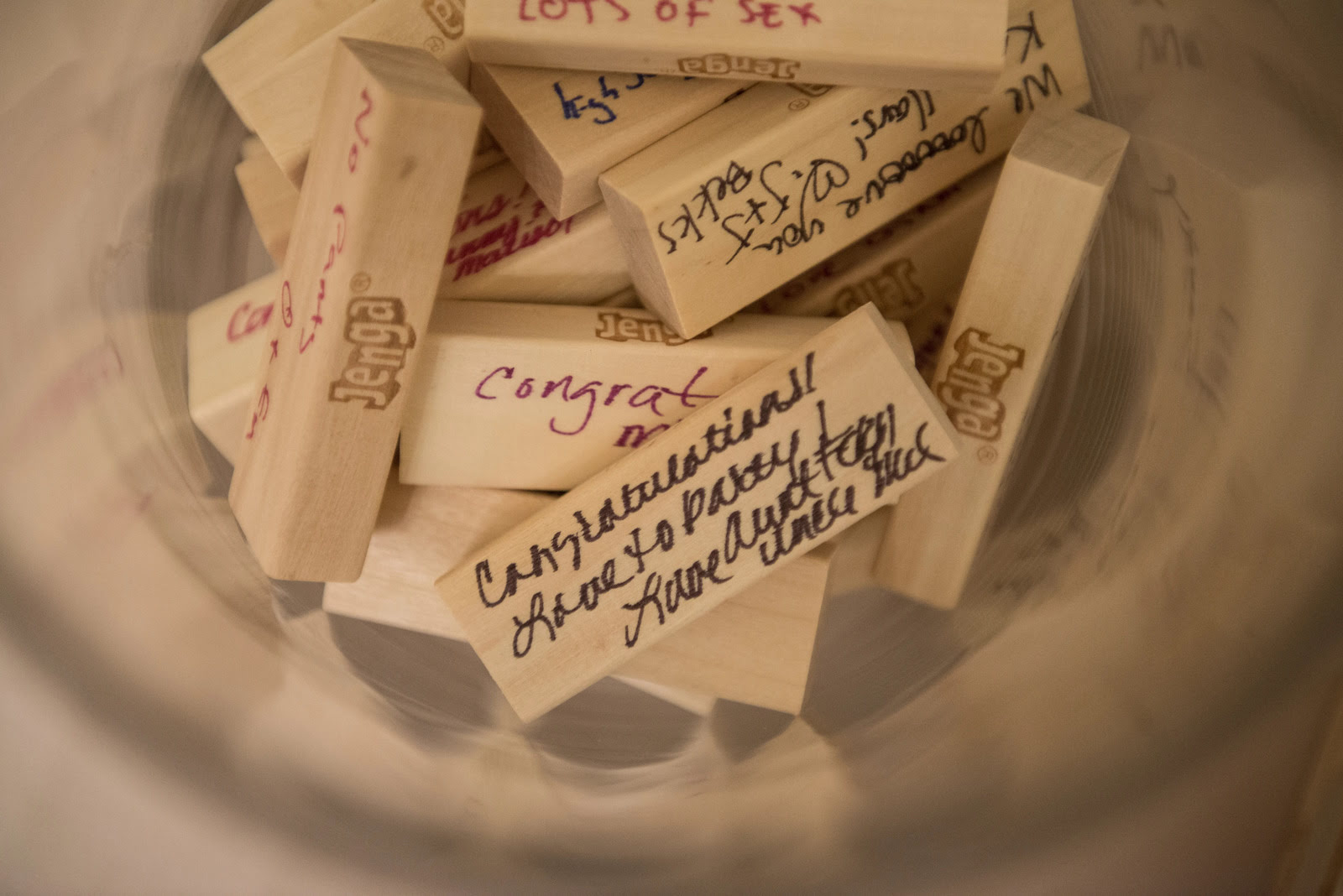

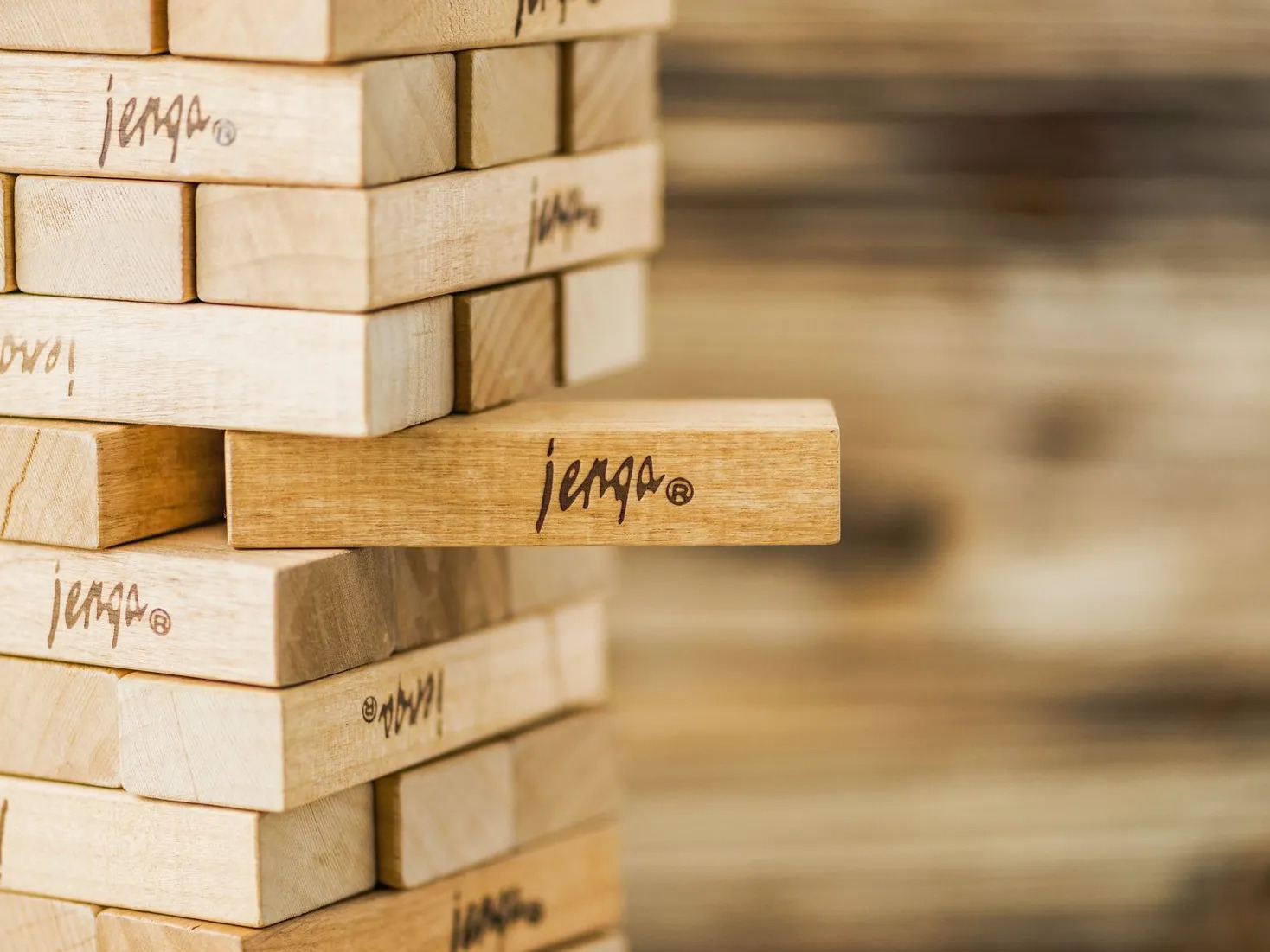





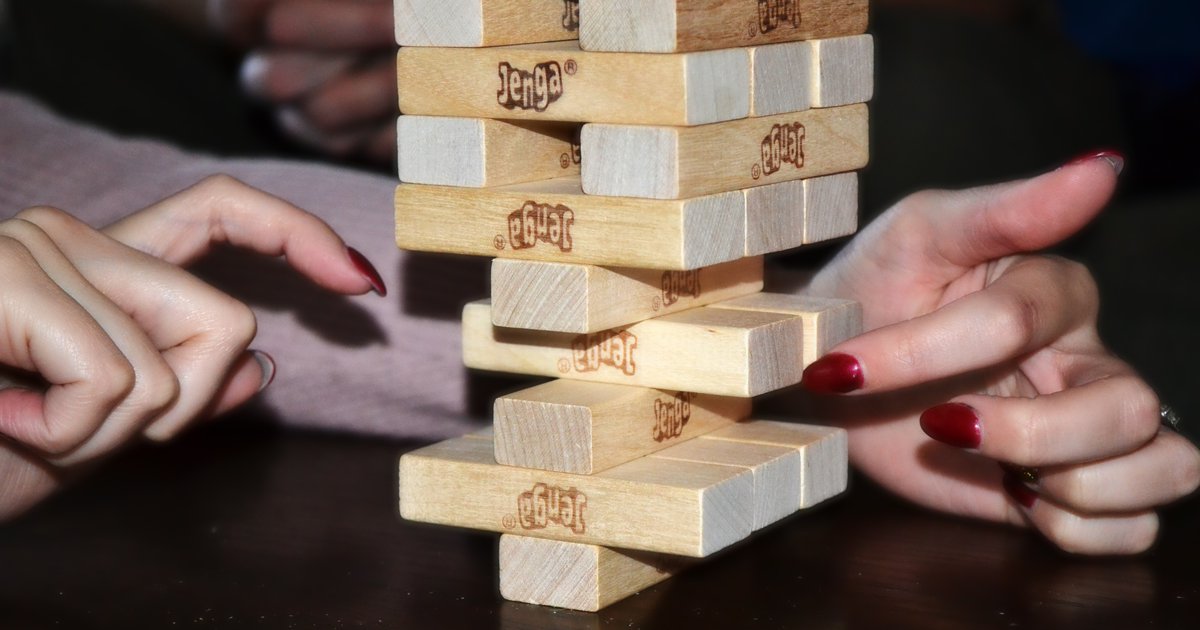

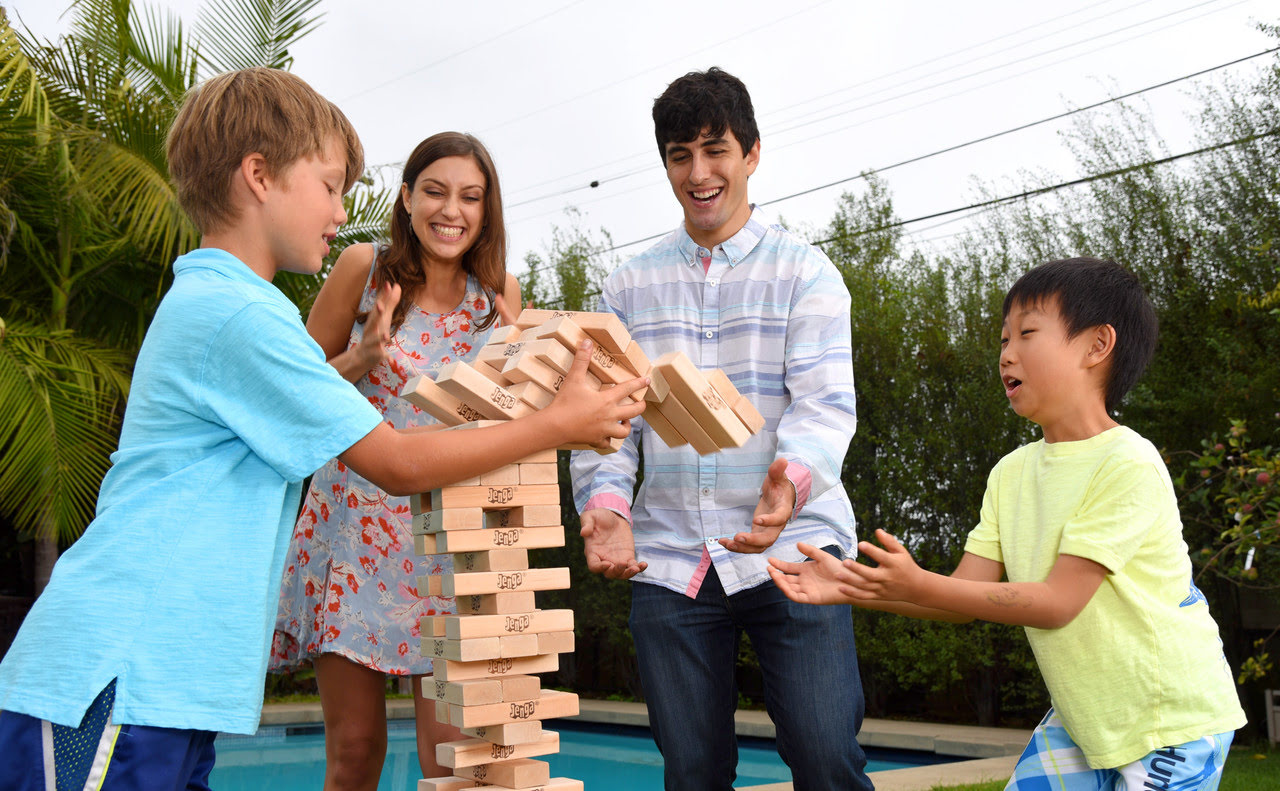


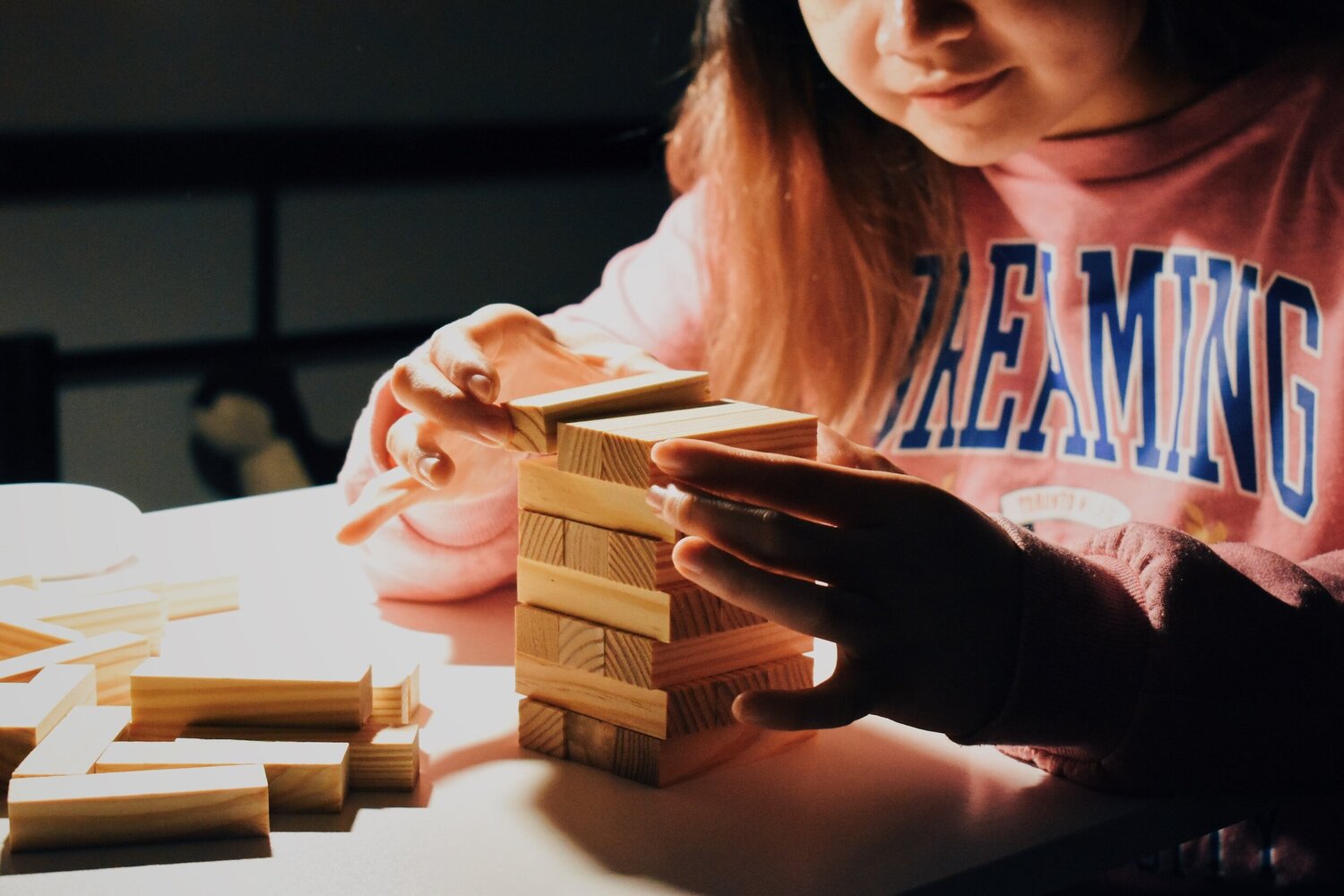

0 thoughts on “What Is Jenga”